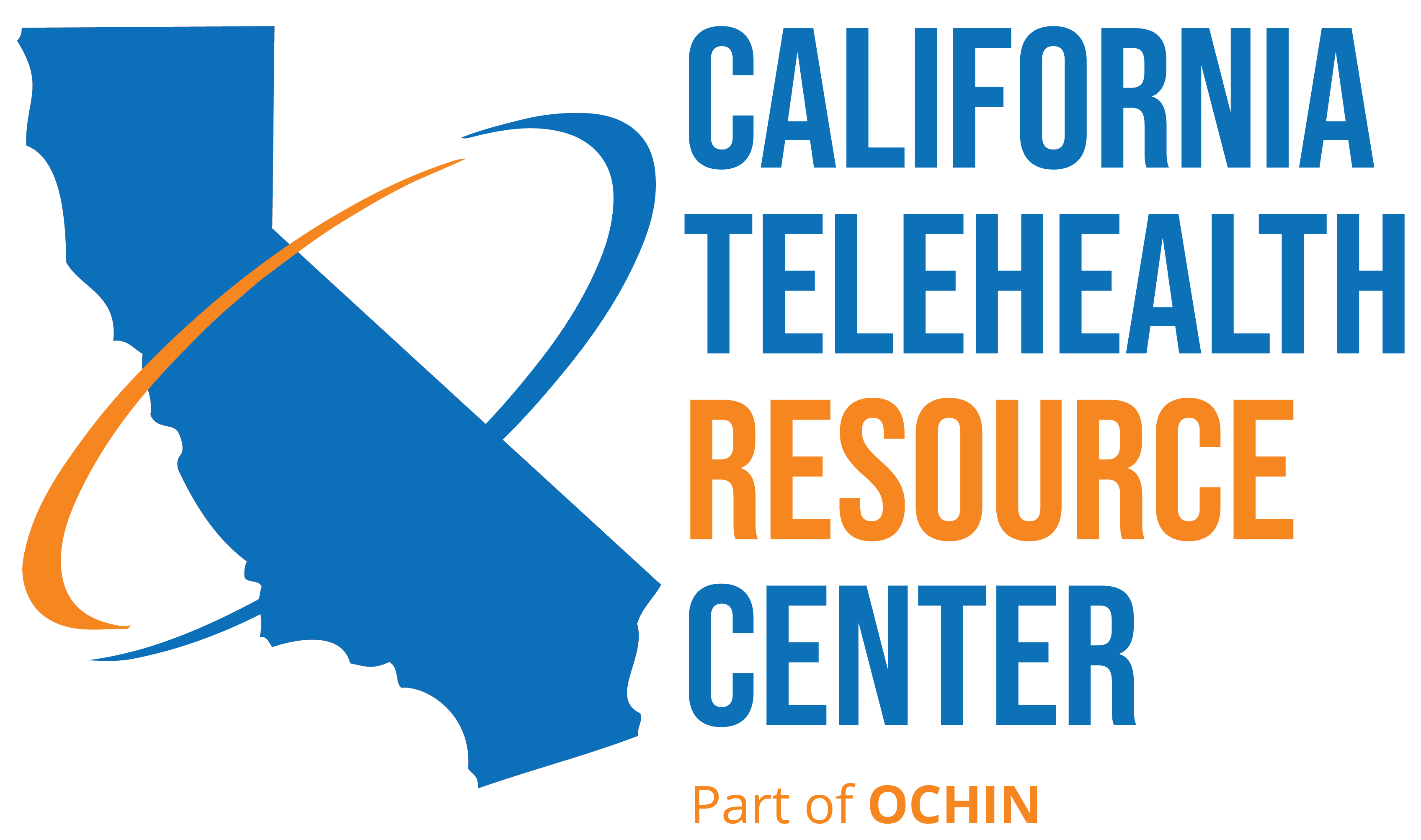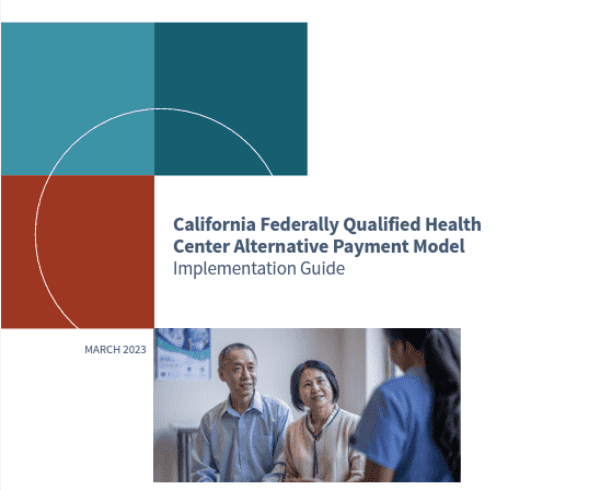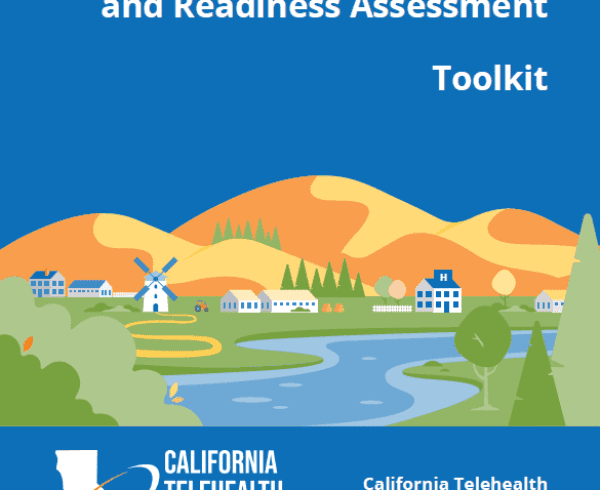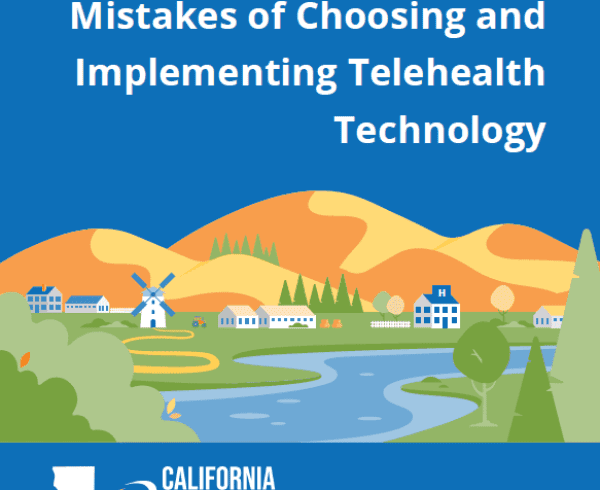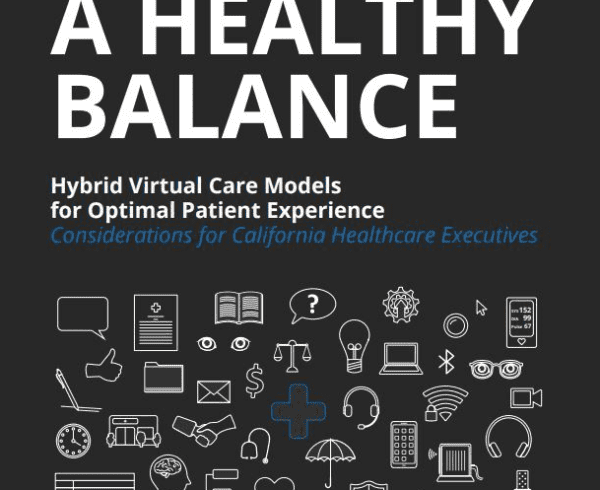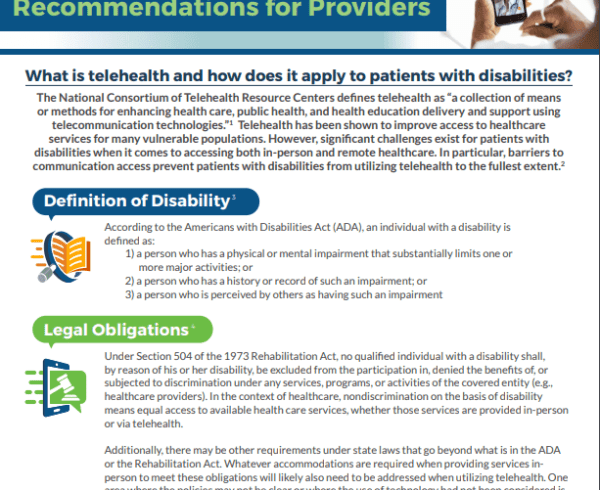Telehealth is a collection of means or methods for enhancing health care, public health, and health education delivery and support using telecommunications technologies.
Get better acquainted with telehealth, the way it works, and everything it offers. View some insightful videos, too!
As state and federal policymakers, private payers, practitioners, and consumers realize telehealth’s potential benefits, there is a growing need to create a consistent framework for understanding what is meant by “telehealth,” and how the term is accurately applied. First and foremost, telehealth is a collection of means or methods, not a specfic clinical service, to enhance care delivery and education. Ideally, there should not be any regulatory distinction between a service delivered via telehealth and a service delivered in person. Both should be held to the same quality and practice standards. The “tele-“ descriptor should ultimately fade from use as these technologies seamlessly integrate into health care delivery systems.
While “telemedicine” has been more commonly used in the past, “telehealth” is a more universal term for the current broad array of applications in the field. Its use crosses most health service disciplines, including dentistry, counseling, physical therapy, and home health, and many other domains. Further, telehealth practice has expanded beyond traditional diagnostic and monitoring activities to include consumer and professional education. Note that while a connection exists between health information technology (HIT), health information exchange (HIE), and telehealth, neither HIE nor HIT are considered to be telehealth.
Today, telehealth encompasses four distinct domains of applications. Note, however, that each state Medicaid program and private insurer varies in its use and reimbursement of these applications. These are commonly known as:
- Live Videoconferencing (Synchronous): Live, two-way interaction between a person and a provider using audiovisual telecommunications technology.
- Store-and-Forward (Asynchronous): Transmission of recorded health history through an electronic communications system to a practitioner, usually a specialist, who uses the information to evaluate the case or render a service outside of a real-time or live interaction.
- Remote Patient Monitoring (RPM): Personal health and medical data collection from an individual in one location via electronic communication technologies, which is transmitted to a provider in a different location for use in care and related support.
- Mobile Health (mHealth): Health care and public health practice and education supported by mobile communication devices such as cell phones, tablet computers, and PDAs. Applications can range from targeted text messages that promote healthy behavior to wide-scale alerts about disease outbreaks, to name a few examples.
